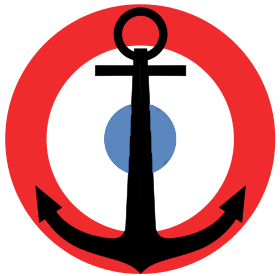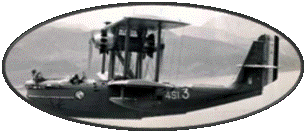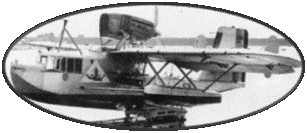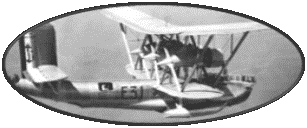History
of the Ship
The cruisers "Duguay-Trouin",
"Lamotte-Picquet" and "Primauguet" will be the
first cruisers manufactured after the 1st World War. The design
of these light cruisers, with a tonnage of 7,500 tonnes, favored
speed at the expense of protection. Thus, these ships good sailors
and very fast, they will reach 33 knots in the tests, had a shielding
of only 30mm maximum. The main armament includes 8 155mm cannons
in double turrets. Its anti-aircraft defense is made up of 4 75mm
cannons, 6 37mm cannons and 20 13.2mm machine guns. It also receives
12 550mm torpedo tubes on 4 triple mounts. He was boarding a seaplane,
launched thanks to the 1.5-ton catapult installed on the aft deck.
The crew consisted of 575 crew members, including 25 officers
The Cruiser "Duguay-Trouin"
is put on hold in Brest in August 1922 and will be launched on August
14, 1923. It enters into service on February 15, 1927 after having
completed its tests during which it demonstrated good marine qualities.
It is thus capable of reaching 33 knots and can sustain a speed
of 30 knots at maximum load and half power for 24 hours without
weakening.
At the outbreak of World
War II, the cruiser was based in Dakar, Senegal. Attached to a Franco-British
squadron, he participated in the search for German pocket battleships
in the Atlantic. He then joined Force X based in Alexandria, port
in which he was surprised by the Armistice of June 24, 1940. On
July 2, 1940, the British launched Operation "Catapult"
in order to avoid, by all possible means, that the French Fleet
does not fall into the hands of the Germans. The French ships, present
in the Port of Alexandria will know a better fate than those moored
in Mers-El-Kébir ... They will be decommissioned and immobilized
until May 1943. The French ships then join the Free French Naval
Forces and leave the port of Alexandria to reach Dakar. Before resuming
combat, the anti-aircraft artillery of the "Duguay-Trouin"
is considerably reinforced and its torpedo tubes are dismantled.
The cruiser "Duguay-Trouin"
will carry out, from this base, patrols in the Atlantic and will
then take part in the transport of troops in the Mediterranean.
In August and September 1944, he took part in the Allied landing
in Provence. Shortly before the Armisitice, in April 1945, he bombarded
the Italian coast.
In May 1947, he left for
the port of Diego-Suarez, on the Island of Madagascar before joining
Saigon on November 13, 1947, to take part in the Indochina War.
By its artillery, it will support until 1951, the troops on the
ground.
He left Indochina for Toulon
in October 1951 where he was decommissioned on March 29, 1952.









